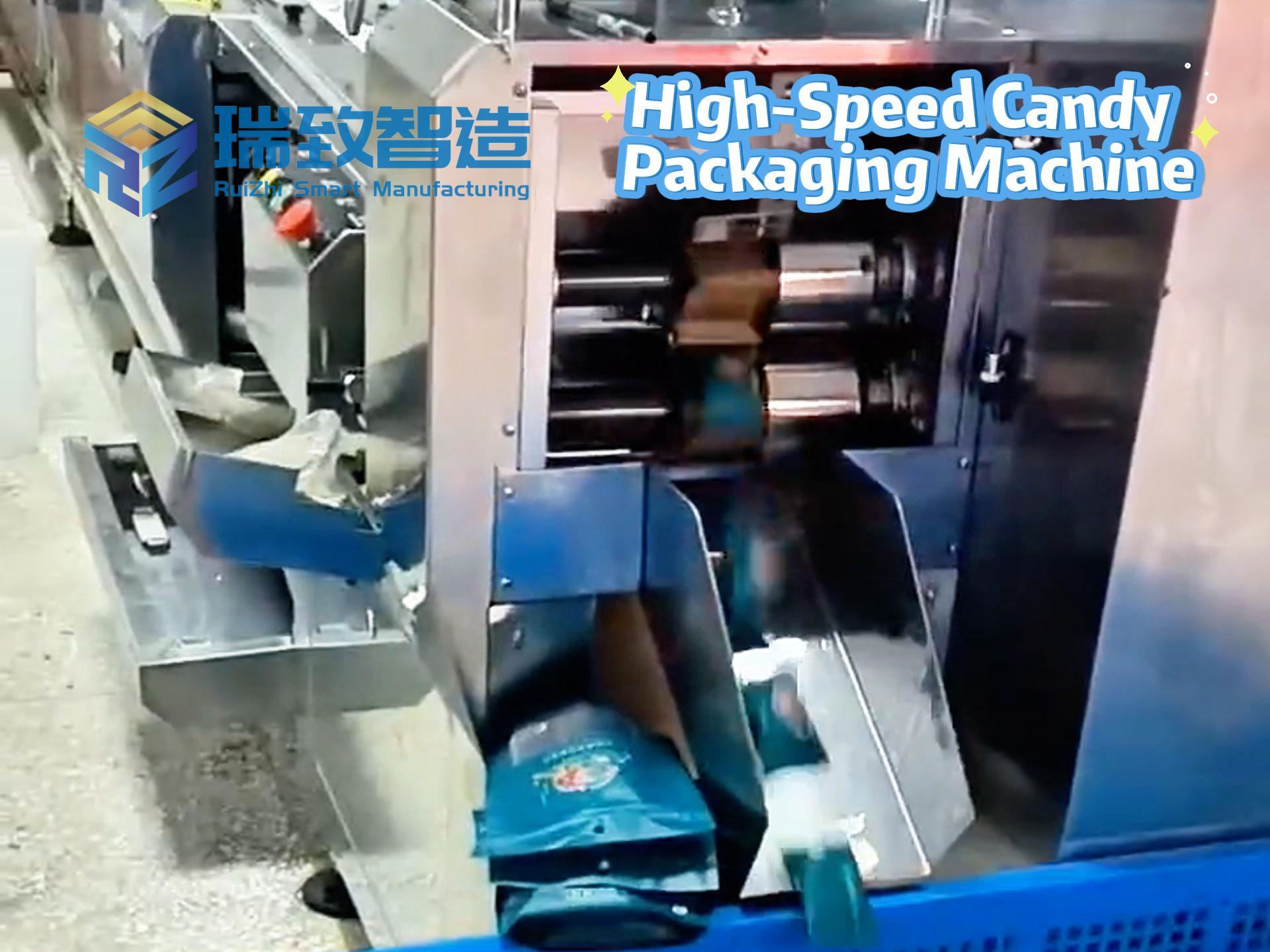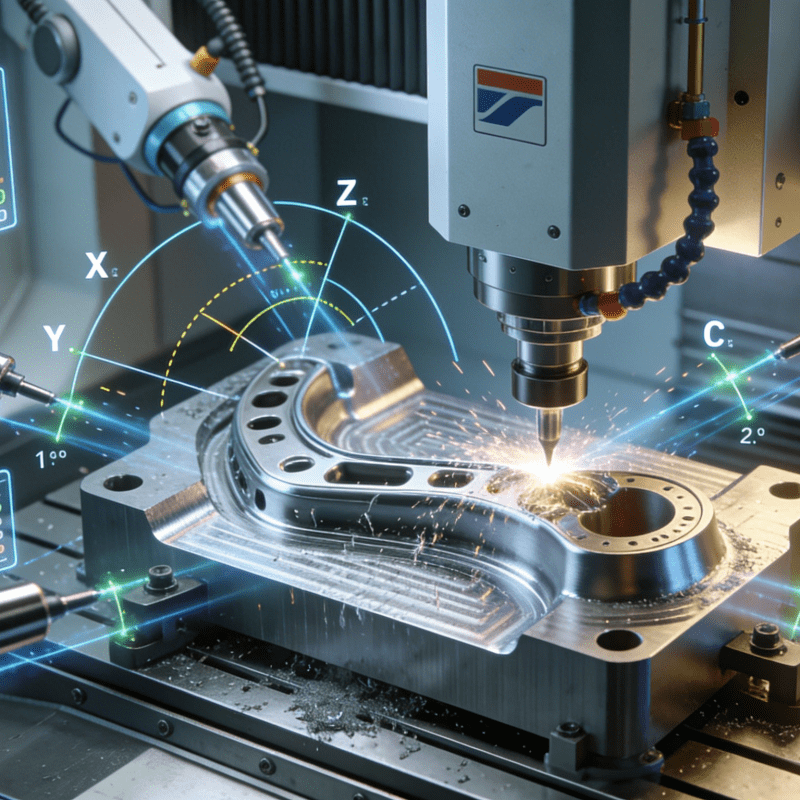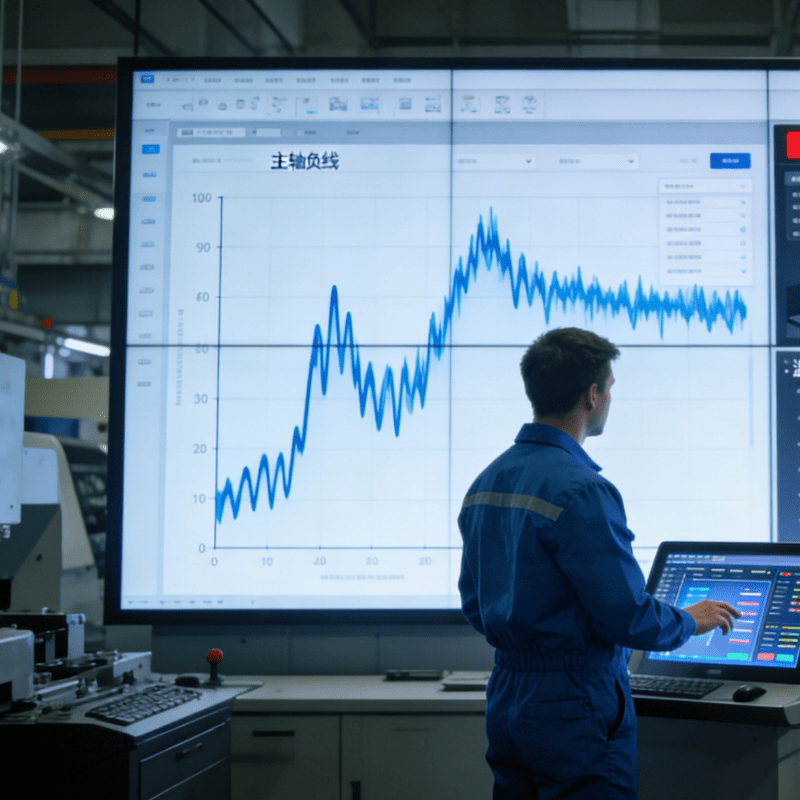
As industries across the board increasingly adopt these innovative technologies, IoT sensor technology is set to become a key driver of digital transformation and competitive advantage. It is not merely a buzzword, but a fundamental driving force behind the transformation of the smart industry in 2025 and beyond.
In 2025, IoT sensor technology will completely transform the smart industry by enabling real-time data collection and seamless connectivity across machines and processes. These advanced sensors provide critical insights, helping enterprises optimize operations, reduce downtime, and enhance safety. By integrating with cloud platforms and analytical tools, IoT sensors empower industries to make data-driven decisions, improve efficiency, and predict maintenance needs before failures occur. The value of this technology is particularly prominent in precision manufacturing scenarios—for instance, in the operation of Fuse Assembly Machines, IoT sensors can real-time monitor the equipment’s assembly accuracy, component fitting pressure, and motor operating temperature. Upon detecting abnormal data such as offset welding of fuse pins or misaligned housing assembly, the sensors immediately trigger early warnings and synchronize the information to the central control system. This not only avoids product scrapping caused by assembly defects but also optimizes equipment operating parameters through long-term data accumulation, increasing the yield rate of fuse assembly machines to over 99.5% and providing solid technical support for the high-precision requirements of electronic component manufacturing.
This technological revolution is reshaping fields such as manufacturing, energy, logistics, and healthcare, driving automation and smarter workflows. IoT sensors also support sustainable development and regulatory compliance by enabling more refined resource management and transparency. As industries increasingly adopt these innovative technologies, IoT sensor technology will become a key driver of digital transformation and competitive advantage. This article explores how IoT sensors are transforming the smart industry and unlocking new growth and innovation opportunities in 2025.
The Role of IoT Sensors in the Smart Industry
IoT sensors are miniaturized connected devices capable of monitoring physical parameters such as temperature, humidity, pressure, and motion, and transmitting this data wirelessly. Their deployment in the smart industry helps enterprises gain in-depth insights into their operations, respond quickly to changes, and make more informed, data-driven decisions.
Advanced Data Collection
In industrial environments, capturing granular data was once a challenge. Today, with the integration of IoT sensor technology set to revolutionize industries and smart systems in 2025, enterprises can gain visibility into previously opaque processes. Every link—from assembly lines to supply chains—has become measurable and traceable. This facilitates better predictive maintenance, reduces downtime, and optimizes resource utilization.
Real-Time Monitoring and Automation
One of the primary advantages of sensor-driven smart industry is real-time monitoring. Machines and assets equipped with sensors continuously send data to a centralized platform, enabling instant alerts and automatic responses to anomalies. Whether adjusting warehouse temperatures or automatically shutting down faulty equipment, automation enhances overall safety and reliability.
Enhanced Predictive Maintenance
IoT sensors generate actionable insights into equipment health. By analyzing patterns in vibration, temperature, and usage rates, algorithms can predict when maintenance is needed, minimizing costly unplanned downtime. Predictive maintenance strategies save time and money, solidifying IoT’s position as a cornerstone of industrial efficiency.
Transforming Key Industries
Manufacturing and Industry 4.0
Interconnected IoT devices form the foundation of Industry 4.0 evolution. Sensor-based systems provide a comprehensive view of operations, from raw material procurement to final product delivery. Automation of tasks such as inventory control and energy usage has now become routine, creating more streamlined and agile manufacturing environments.
Energy Management
Smart sensors (the original term has been revised to align with industry terminology) can balance energy supply and demand in real time. These devices monitor load, power generation, and energy storage assets, allowing energy suppliers to flexibly and efficiently reallocate resources and integrate renewable energy sources. IoT-based demand response systems also enable consumers and suppliers to collaboratively optimize energy consumption.
Healthcare Innovation
IoT sensor technology is revolutionizing patient care. Wearable health monitors, smart hospital equipment, and remote patient monitoring solutions all rely on precise data collected by sensors. Real-time monitoring of vital signs and environmental parameters is simplifying diagnosis processes, improving patient outcomes, and making personalized healthcare a reality.

Logistics and Supply Chains
From connected containers to smart warehouses, IoT sensors are enhancing the transparency and reliability of logistics. Real-time tracking of assets and environmental conditions ensures goods are delivered safely and on time. Automatic alerts for potential disruptions help logistics companies stay ahead of challenges, improving efficiency and customer satisfaction.
Overcoming Challenges
While IoT sensor technology offers significant advantages, its deployment in the smart industry faces challenges. Since sensitive operational data is transmitted and stored over networks, data security and privacy are top priorities. Enterprises must implement robust cybersecurity protocols to guard against emerging threats.
Additionally, integrating legacy systems with modern IoT solutions often presents compatibility issues. Careful planning, investment in employee training, and collaboration with technology providers can streamline the adoption process and maximize return on investment.
Looking Ahead: The Future of IoT in Industry
The pace of innovation in IoT sensor technology is accelerating. With the widespread adoption of 5G and edge computing, the ability to drive automation through real-time data will grow exponentially.
AI Integration: AI algorithms that leverage sensor data will automatically execute more complex decisions, enabling truly adaptive and self-healing industrial systems.
Sustainability and Green Initiatives: IoT will play a pivotal role in helping industries monitor environmental impact and meet sustainability regulatory requirements.
Enhanced Human-Machine Collaboration: Workers will use augmented reality (AR) and wearable IoT devices to interact seamlessly with smart industrial environments, boosting productivity and safety.
Conclusion
IoT sensor technology is more than just a buzzword—it is a fundamental driver of smart industry transformation in 2025 and beyond. By providing unparalleled visibility, enabling predictive actions, and promoting automation, these systems are laying the groundwork for a more efficient, safer, and more sustainable industrial future.
Industrial assembly contractor for Original Equipment Manufacturers




















